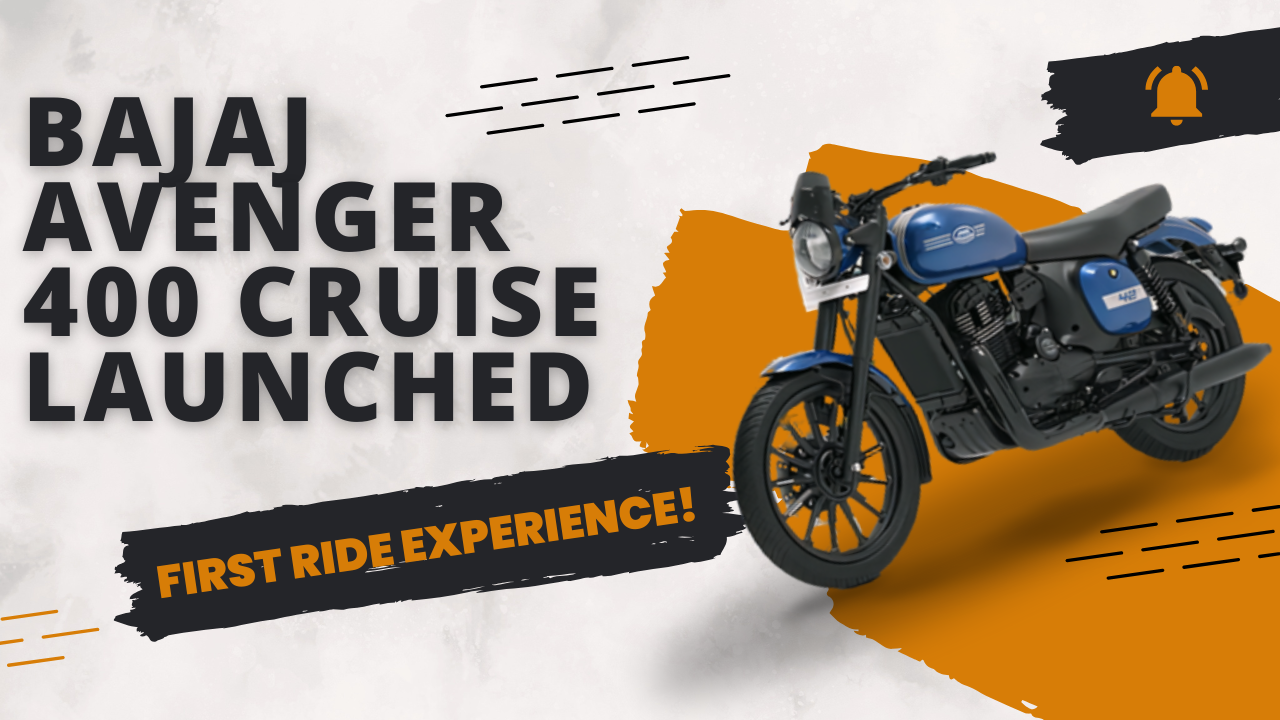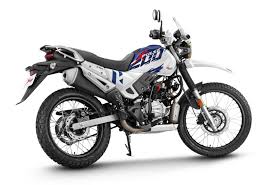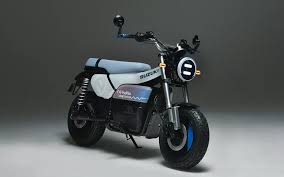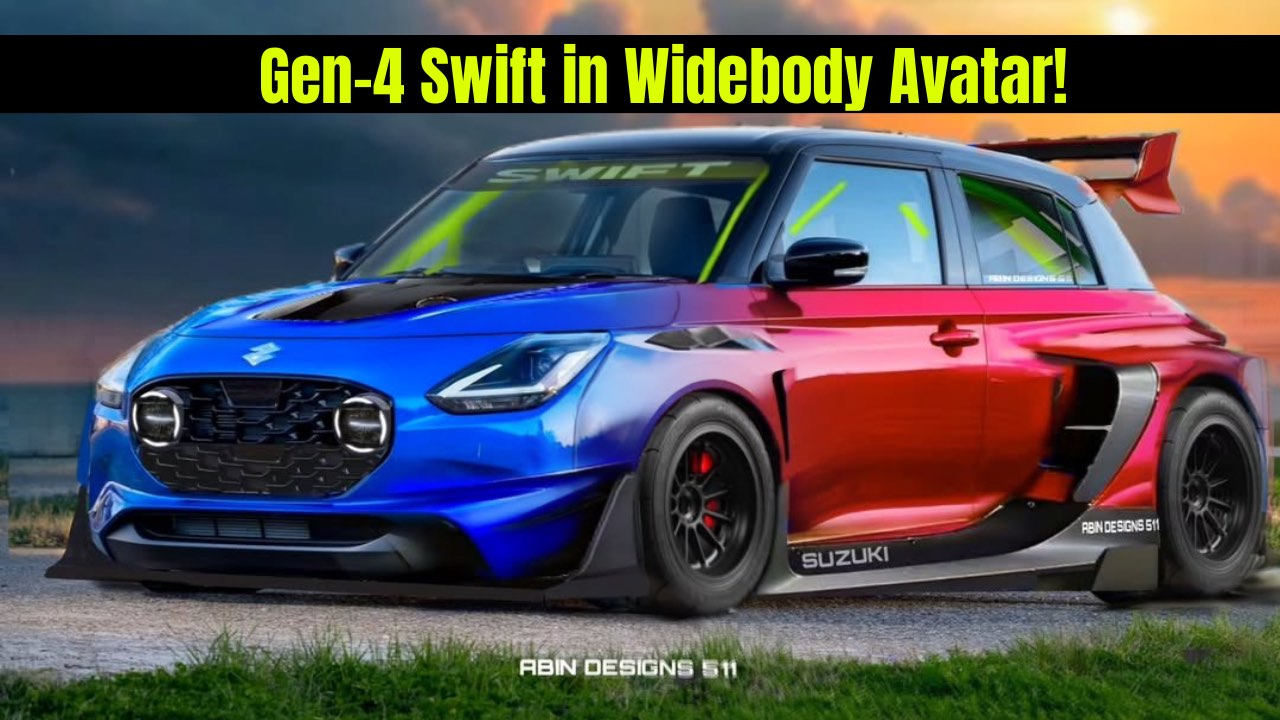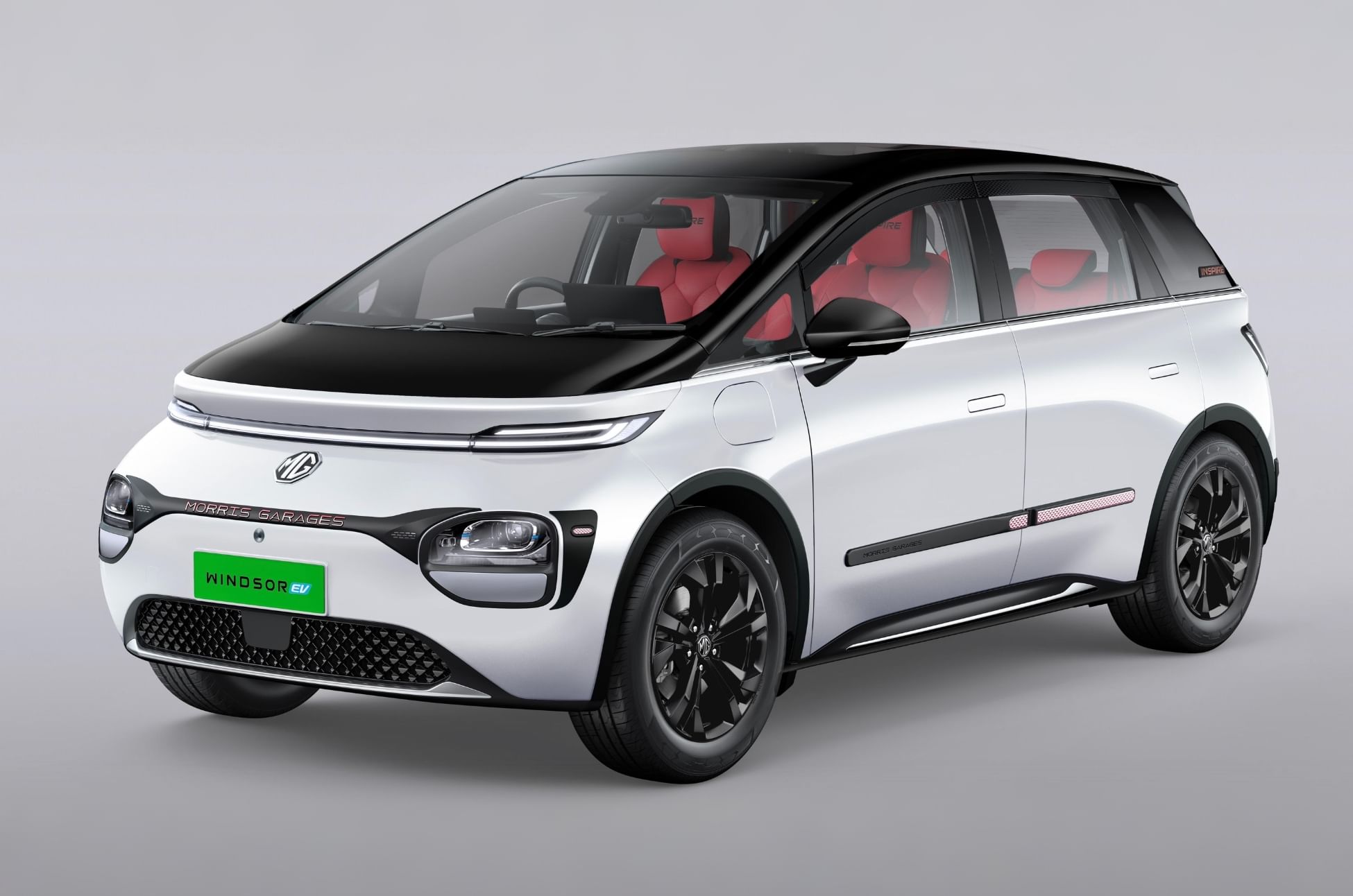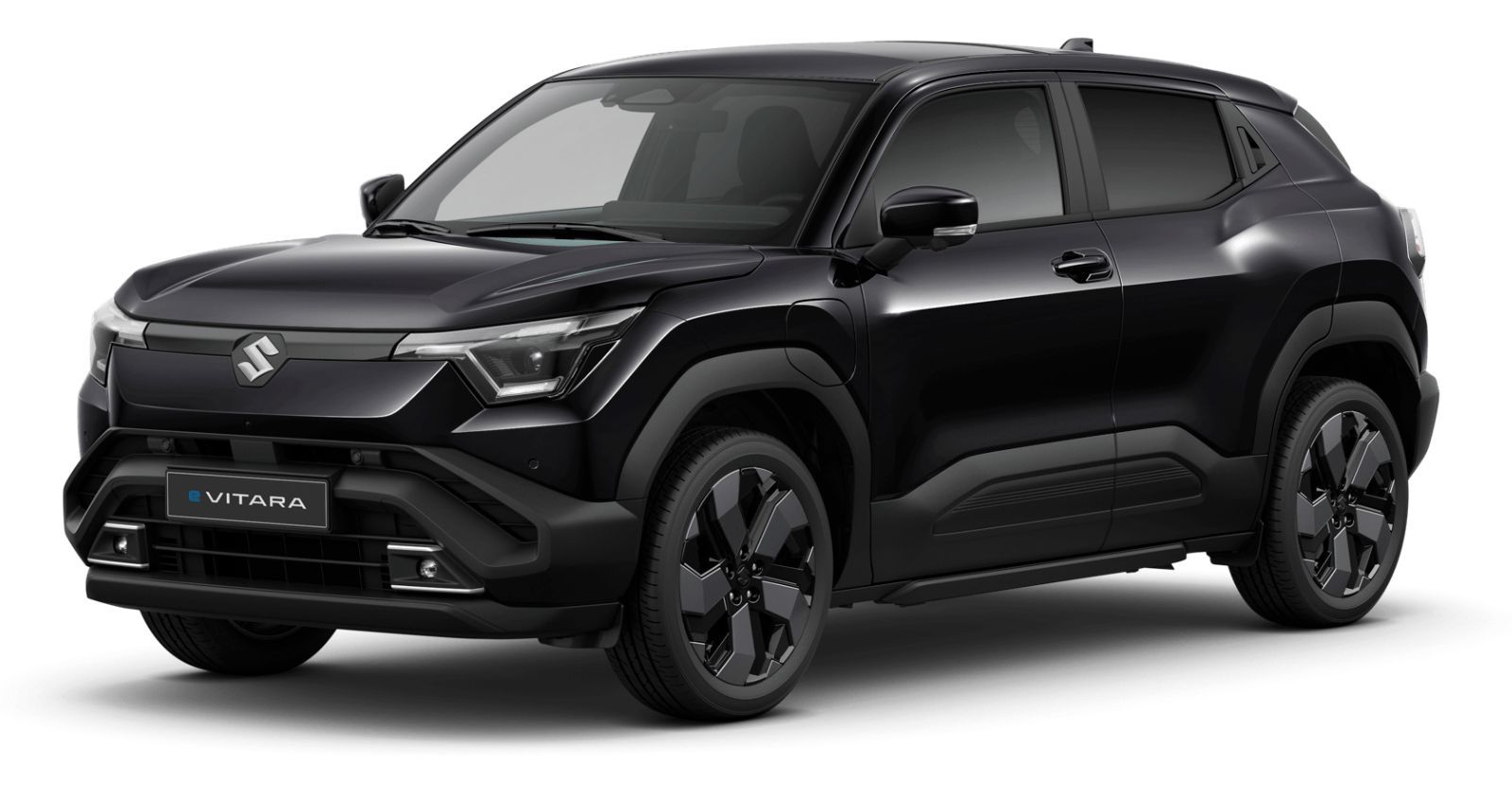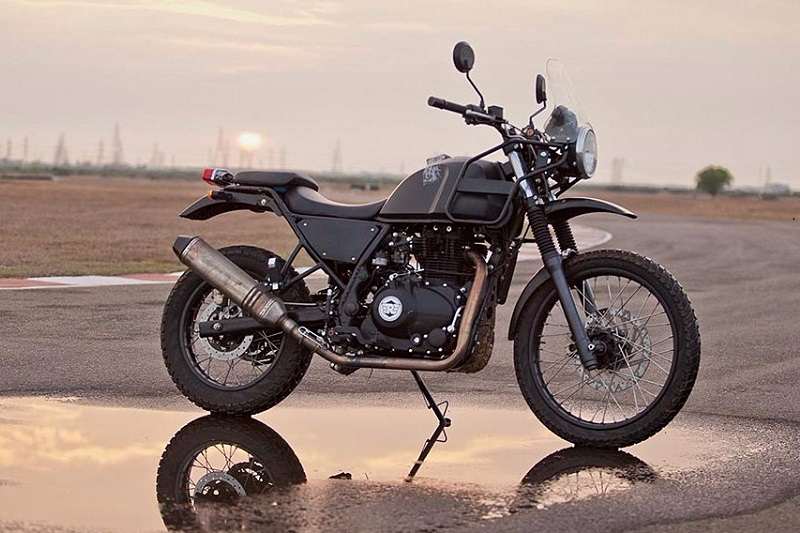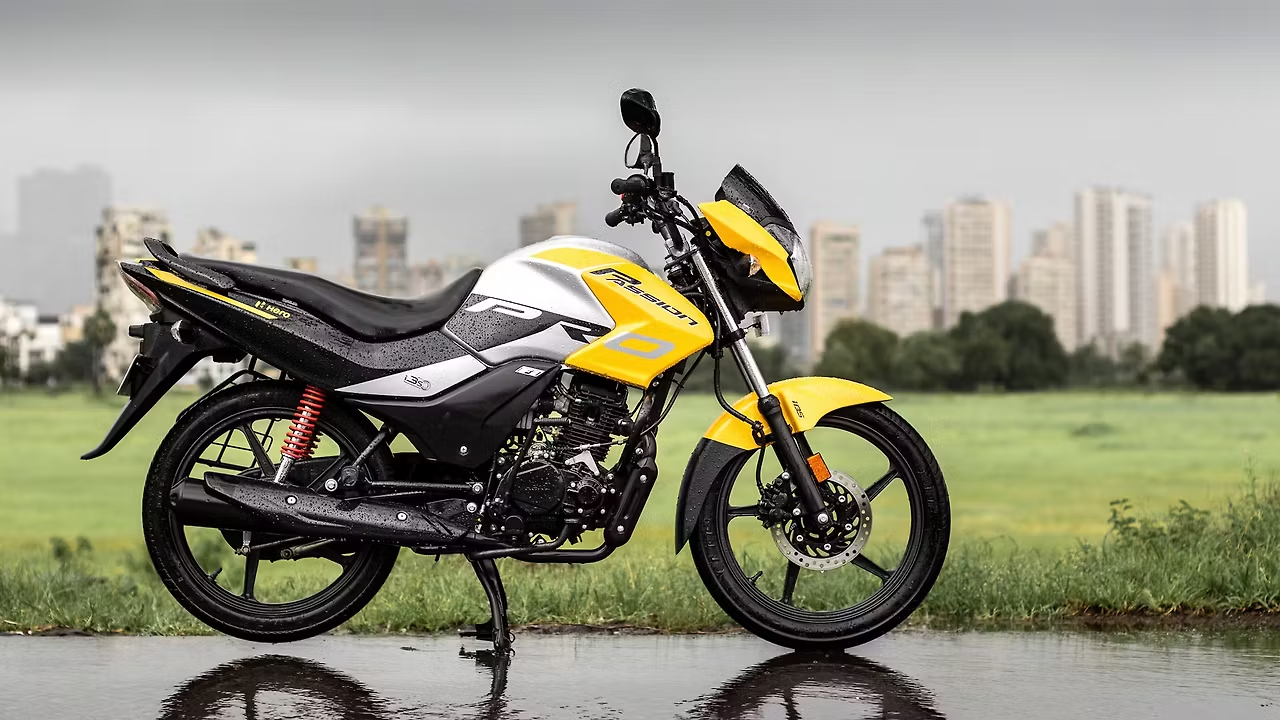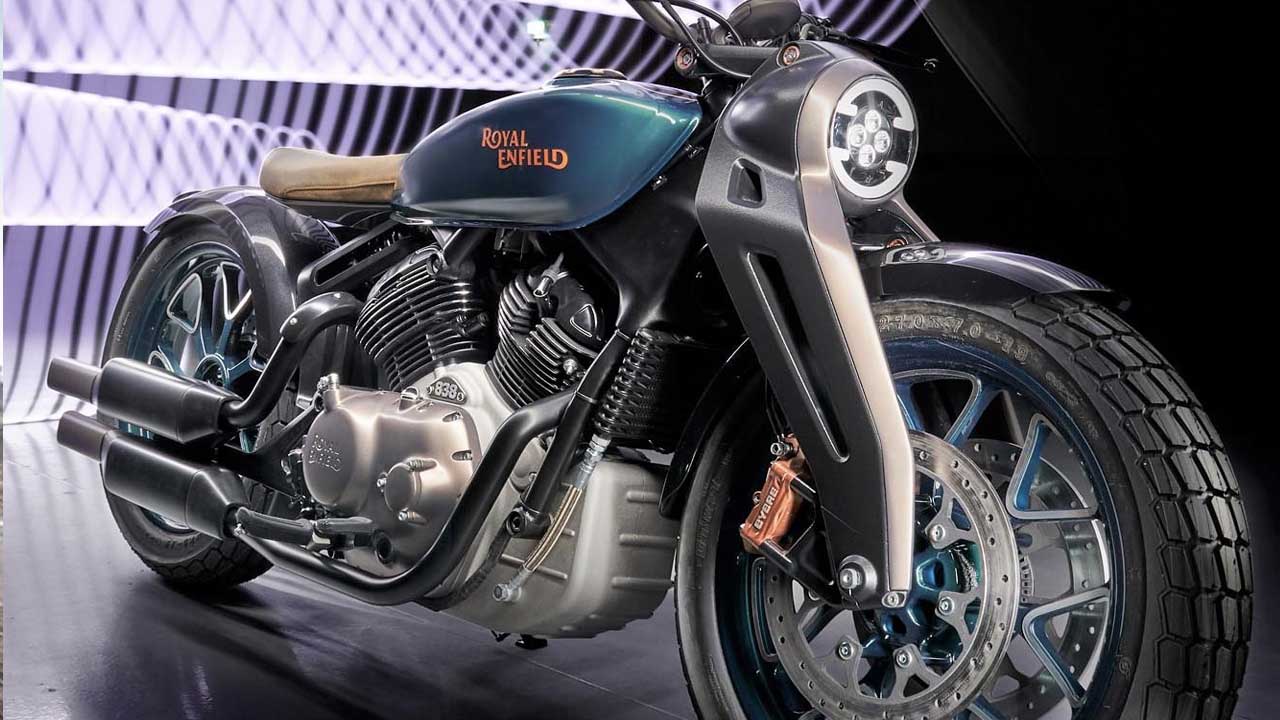Bajaj Avenger 400 Cruise Launched; Bajaj Auto’s newly launched Avenger 400 Cruise redefines cruiser motorcycle expectations. With a potent 373 cc liquid-cooled engine, a generous fuel tank, and a claimed efficiency of approximately 35–41 kmpl, it promises both relaxed long-distance comfort and fuel-friendly performance. Positioned under ₹2.2 lakh ex-showroom, it brings compelling value to practical cruiser enthusiasts.
Below is a comprehensive outlook of its features, performance, practicality, and where it stands among competitors.
Bajaj Avenger 400 Cruise Overview
| Category | Key Details |
|---|---|
| Launch Timeline | Mid-2025 |
| Engine | 373 cc, single-cylinder, liquid-cooled |
| Power Output | ~24.5 PS @ 6,500 rpm |
| Torque | ~32.5 Nm @ 4,500 rpm |
| Gearbox | 6-speed manual |
| Mileage (Claimed) | 35–41 kmpl |
| Fuel Tank Capacity | 12.8 liters |
| Seat Height | 737 mm |
| Weight (Kerb) | ~156 kg |
| Brakes | 280 mm (front) / 230 mm (rear) with dual-channel ABS |
| Features | LED lighting, semi-digital console |
| Expected Ex-Showroom | ₹1.8–2.2 lakh |
| Target Audience | Long-ride lovers, cruiser entrants, effi-conscious buyers |
Striking Cruiser Design
With its quintessential low-slung cruiser aesthetic, the Avenger 400 Cruise balances classic lines with modern appeal. The fuel tank contours blend seamlessly into the chrome-accented exhaust, and round LED headlamps add functional styling. Matte finishes and chrome accents underscore a bold yet refined presence. At approximately 156 kg, it combines planted road feel with agile handling—a sweet spot for both highway and urban environments.
Engine and Real-World Fuel Efficiency
The 373 cc liquid-cooled engine delivers about 24.5 PS and approximately 32.5 Nm of torque, offering relaxed highway cruising with confident throttle response. Paired with a precise 6-speed gearbox, it ensures smooth power delivery and flexibility across speeds. Claimed fuel efficiency is 35–41 kmpl, translating to an impressive range of over 450 km per full tank—ideal for long tours without frequent fuel stops.
Comfort and Handling
Designed for endurance riding, the ergonomics blend rider comfort with control: a cushioned saddle, generous rider triangle, and forward-set footpegs facilitate relaxed posture even on extended rides. The suspension—telescopic forks upfront and twin gas-charged rear shocks—eats potholes and undulations effortlessly. Low seat height aids stability, while tubeless tires on 17-inch alloys enhance traction and ride feedback.
Safety and Practical Features
Safety is a key highlight: the dual-channel ABS improves braking stability and confidence. LED lighting enhances visibility and reduces energy consumption. A semi-digital instrument cluster provides essential information clearly, and thoughtful additions like side-stand engine cut-off increase daily practicality. While cruise control is absent, the setup leans into simplicity and reliability for long rides.
Environmental and Cost Benefits
The Avenger 400 Cruise leans green through its fuel-efficient engine, BS6 compliance, and relatively lightweight design—reducing both running and environmental impact. Lower fuel bills (approximately ₹10,000 savings per year) and robust local sourcing further its green credentials.
Value Proposition
Priced between ₹1.8–2.2 lakh ex-showroom, it undercuts similarly powered rivals like the Royal Enfield Meteor 350 while offering higher mileage and competitive power. EMI options starting from ₹5,500/month make it accessible, and festive offers may include gear packages or warranty extensions, strengthening its value appeal in the cruiser segment.
Segment Competition
In the mid-size cruiser market:
- Royal Enfield Meteor 350 offers nostalgic design with 20 PS, but lower mileage.
- TVS Ronin (225 cc) appeals to younger riders with lighter weight but lacks highway performance.
- Jawa 42 stands out with retro charm and 27 PS, but comes with a higher price tag and lower fuel efficiency than the Avenger 400.
The Avenger 400 Cruise carves its niche with superior mileage, higher performance, and accessible pricing.
Potential Limitations
A few trade-offs include perceived power constraints—some riders expected higher output (possible 35 PS from similar platforms). City fuel economy may drop to ~35 kmpl versus the claimed 41 kmpl. Also, while Bajaj service coverage is vast, 400 cc-specific parts may be slower to reach remote areas. Riders may note pillion comfort could be enhanced further during ultra-long rides.
Who Is This Bike For?
This cruiser is designed for riders seeking comfortable long-distance performance without breaking the bank. It suits:
- Touring enthusiasts craving smooth, efficient highway rides
- Former 150–250 cc owners seeking more power without heavy investment
- Eco-conscious riders focused on strong mileage and emission performance
- Buyers valuing long-term riding comfort over cutting-edge gadgets
Conclusion
Bajaj’s Avenger 400 Cruise raises the bar for mid-size Indian cruisers by combining classic styling with modern engine performance, fuel efficiency, and comfort. With an attractive price point and strong ride qualities, it poses a compelling option for both new cruiser buyers and seasoned touring enthusiasts. From its confident engine to relaxed ergonomics and appealing design, this bike asserts itself as a true “ultimate comfort cruiser”—ready to explore roads without compromises.
Carefully tracking dealer feedback and real-world mileage will help validate how well the Avenger 400 translates spec-sheet promise into everyday enjoyment.

RoolingWheels was born from a simple idea: the automotive world moves fast, and enthusiasts need a friendly, trustworthy place to follow that motion. Founded by JK, RoolingWheels combines hands-on experience, industry analysis, and unbiased reviews to help readers make smarter buying, maintenance, and lifestyle decisions. From the roar of combustion engines to the quiet hum of electric motors, we celebrate all forms of mobility.
